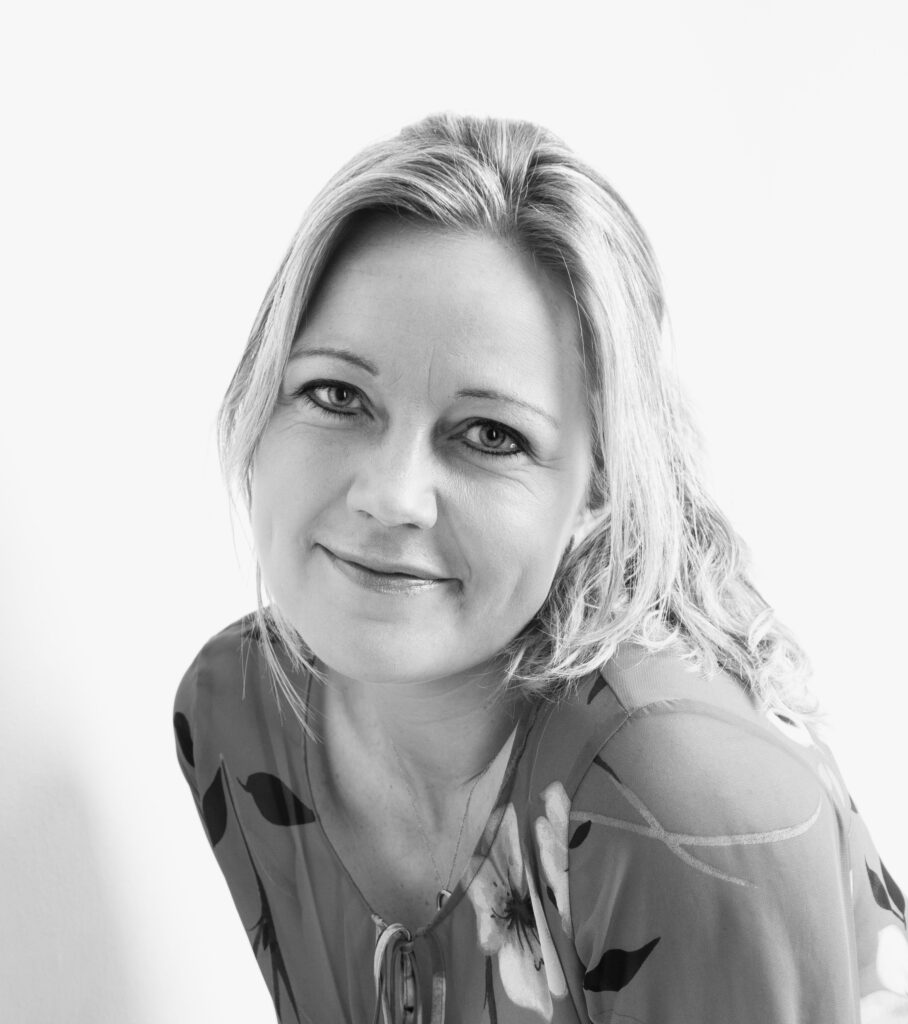
You cannot remove your child’s fear!
The headline here is very important. It holds a pivotal brain logic: Behaviour, feelings and habits are like paths in your brain. The paths you have taken numerous times have grown broader and are thereby now the obvious choice to follow. The pathways which are used more rarely have become overgrown … just like paths in the forest.
As a parent, it is common to wish to:
- Take away your child’s fear,
- Erase your child’s nervousness,
- Help your child overcome its fear of exams or
- Help your child become less angry
All these wishes are well-meaning, but nonetheless “brain clumsy” because they are directly contrary to the logics of the brain. We cannot take away, erase, suppress, wipe away or get over something – in a direct sense. This is because the brain ignores abstract words and instead focuses on the specific content of the sentence. Here: fear, nervousness, fear of exams and anger.
What can we do instead then? We can shine “the torch” on the paths that are more useful for the child. Thus, we can strengthen more desirable alternatives and help the child spot – and walk along – these alternative paths.
What you focus on, you strengthen. And if you focus on fear or uncertainty you strengthen these qualities. If a child is to overcome a fear, it needs (e.g.) to strengthen:
- What makes the situation safe,
- Why s/he can trust its surroundings and the people s/he interacts with,
- Her/his ability to strengthen inner calm.
These are examples of “towards-pathways” which you as a parent can guide your child to light up (in appropriate doses of course):
THE PATH OF COMFORT: Remind your child what it can feel safe with. Say out loud with a warm and caring voice, yet with authority, “You are safe here, you’ll be fine!” or “It is completely normal to be a little uncomfortable in the beginning. But slowly and steadily you will find out that this situation is quite o.k. for you” (here an “away-from sentence” is supplemented with a “towards-sentence”). You can also help by addressing it when your child is in zones of his/her life where s/he is seems safe and happy, “How nice it is to see you so happy and safe!” In this way, you give loving attention to your child when it feels safe, thus slowly making the child aware that s/he does in fact feel safe in many situations (and that there is a good reason to be safe).
THE PATH OF TRUST: Discover examples from everyday life in which the child expresses trust and express your observations (i.e. show/tell your child elegantly that you have noticed the situations). Acknowledge your child in feeling confident and trusting and that trust connects one with the surroundings. “You can trust in this! You can count on me!” Or “It’s lovely to give people a smile, it makes you feel happy.” Be a grown-up your child can have faith in, and a grown-up who connects your child with other trustworthy people.
THE PATH OF INNER CALM: Practice your own emotional regulation and inner calm – and be a powerful role model for the child (most of the time, that is; we are only human and our brain’s amygdala can also activate here and there of course): Show – or have another person show the child – some physical exercises which can transmit inner calm so that the child learns to produce its own inner calm (and enjoy this skill) in the different situations of everyday life. Help the child turn the amygdala, the alarm clock of the brain, into a good friend – and use the Amygdala Bottle or the Amygdala Clock to support this.
Every time you notice that you talk about your goal, your good intention or your wish to change habits in away-from language (i.e. with emphasis on what you wish to remove/delete), then please remember that you – if you stay in this language – will light up the “wrong” connections in the brain. With this, you strengthen the fearful, angry and nervous connections which you indeed want to weaken.
Whenever you notice yourself talking in away-language use this discovery as a “rumble strip” (just like a shoulder rumble strip on the motorway): As a friendly reminder that helps you get back on track.
Whenever you notice yourself talking in away-language use this discovery as a “rumble strip” (just like a shoulder rumble strip on the motorway): As a friendly reminder that helps you get back on track.
Hold your child’s hand like the mother does in this picture. And help your child choose and strengthen the paths that will help them deal with the challenging situations of everyday life (rather than walking on the pathways which will make it harder for her/him to deal with everyday life).
All the best,
Anette
Sociologist (MA) Anette Prehn is a prolific keynote speaker, trainer, and bestselling non-fiction author, who has inspired hundreds of thousands across the planet, since establishing her business in 2005.
Anette Prehn is on a mission to make neuroscience available to all, i.e. easy to understand, remember and apply. She has worked in the field of NeuroLeadership since 2009 and has taught the rules of the brain to leaders and employees since, thus strengthening their leadership, learning, habit change, cognitive flexibility, and mental health.
Highly skilled at explaining complex ideas in down-to-earth and accessible language, and impossible to pigeonhole, Anette Prehn has developed techniques that make it easy for people to turn their brain into an ally rather than an opponent. The Framestorm® method, that is patented and trademarked, teaches people to flip and widen their perspective, thus paving the way for innovation, emotion regulation and making the most of whatever life throws at you.
In 2018-2019, Anette chaired The National Stress Panel, established by six Danish cabinet ministers. The panel comprised 10 experts and was tasked with identifying 12 actions to radically influence the stress level experienced in Denmark in recent years as well as to engage the Danish public in understanding what stress is and does and how mental health can be strengthened.
Her clients include Maersk, GN Group, Grundfos, Danfoss, Siemens, Bosch, Ericsson, Roche, Lego, Novo Nordic, Man Diesel and Turbo, Nordea, Danske Bank, 40+ Danish municipalities and 100+ educational institutions and schools.
She has written more than 20 books and mini books, among these "BrainSmart Leadership" and "Play Your Brain".
Throughout these many years, her clients have been powerfully inspired to apply neuroscience to work situations, but they have also asked her::
“How do I more specifically apply the logics of the brain to parenting?” and “I can see my kids gaining from knowing this as well. What’s the best way to introduce them to these tools?”
Being the mother of two and the stepmother of two, those questions got Anette Prehn going.
She therefore started adding to her portfolio how parents, teachers and nursery nurses can become more BrainSmart, thus nuturing environments that help kids learn, thrive and regulate emotions relevantly.
In her Brain Friends series, she is sharing with children and teenagers how to strike up a friendship with their brain rather than being at the receiving end of its impulses and habits.
Contact Anette by email:

